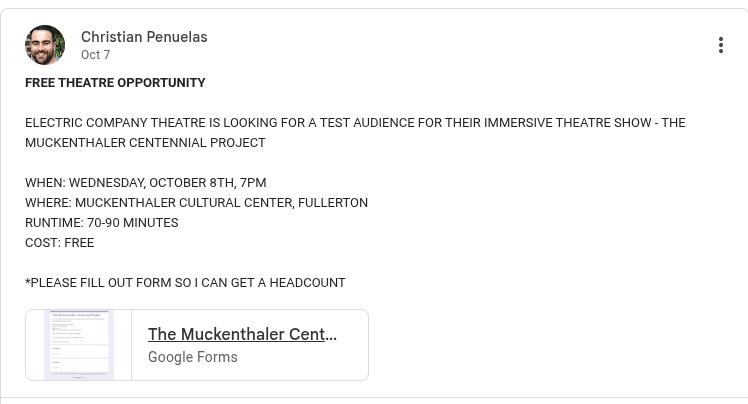Let’s go back to traditional worksheets
September 7, 2021
Solve 18x = 2(30/3) + 17 – 5x + 13.
This particular algebra problem has at least eight steps. Eight long steps of subtracting, adding, multiplying and condensing to get the final answer.
While this may not sound like much when solving the problem on paper, it becomes tedious when students are forced to use their devices instead.
Having to copy and paste special math characters from the internet, learning to differentiate between X as a variable from the multiplication sign and having to use slashes for all fractions — these are some of the many obstacles students encounter with online learning. Some problems even require students to download separate programs that allow them to graph, which could simply be done with a few pen strokes.
The past three semesters of distance learning forced students to use their school-issued Chromebooks and other electronic devices to complete any and all assignments. Though it was hard to complain about the situation because students and teachers alike were trying their best to make do with the resources available, many missed the traditional methods of completing assignments with pen and paper.
However, as schools transition back to in-person learning, paper will once again become an important tool for students.
By reintroducing worksheets in classrooms, students can reap many benefits for themselves and their work.
For example, according to a 2021 Tokyo University study of 1,000 graduate student volunteers, researchers found that writing on physical paper can increase brain activity when remembering the information an hour later. The spatial and tactile information associated with writing by hand on a hard copy is likely what leads to improved memory.
Researchers also note that, “…volunteers who used paper had more brain activity in areas associated with language, imaginary visualization and in the hippocampus — an area known to be important for memory and navigation.”
Students who take six to seven classes every day may easily forget the information covered in class, even if the lecture occurred only a few hours ago.
Instead of sticking to their Chromebook during lessons, students who put in the extra effort to write notes will better recall the information in the future.
Writing on paper also benefits students studying subjects like math and English.
According to a 2020 study conducted by veteran math teacher Bill Hinkley, researchers examined the importance of students using pencil and paper to show their math work. They found that those who were encouraged to work with paper and pencil outperformed their peers by about 13 points, showing greater accuracy in their work.
Students who use traditional tools rather than savvy technological ones can yield better results in their education.
These benefits are not isolated to just mathematics, but they also exist in other aspects of education.
According to a recent 2020 study conducted by the UK Office for Standards in Education, students’ educational progress throughout distance learning and the transition back to in-person classes showed a decrease in reading comprehension, verbal fluency, writing proficiency and stamina due to constant use of technology in classrooms.
Clearly, effective writing and reading comprehension skills are essential for students’ cognitive development and overall ability to learn.
Using traditional methods of note-taking or completing assignments also eliminates the likelihood of technology-related issues, allowing learners to stay on task and focus on the lecture at hand.
One big lesson that people learned from distance learning over the past year is that technology quickly backfires with little to no notice.
Frustrating issues, like Google Docs deleting an important document or Google Classroom not loading a new assignment, can quickly turn a student’s day from fine to terrible, which can then cause students to shy away from volunteering in class simply because of technological issues, such as poor WiFi connection.
Even when students return to in-person classes, they still encounter many technical problems, and these issues only worsen when teachers solely use the Chromebooks.
Although others can argue that technology remains beneficial because of its convenience — allowing students to access assignments at any time or place with a few clicks — the improvement in students’ memory and retention of school material impacts them more.
Improvements to students’ learning environment are possible with the use of paper rather than Chromebooks in classrooms.
When using their technology, students might get tempted to switch tabs or do other work, but if students don’t have any means of distraction, they can focus on what is important: their education.
Over the history of education and innovation, the brightest thinkers have made great strides using two important tools: a piece of paper and a pencil. Students in the modern age can still benefit from the same tools.












